By: Raelyn Reinardy, Content Writer | Published: December 20, 2023
____________________________________________________________________________________________
Both natural and man-made ponds not only serve as vital ecosystems for aquatic life but are also appreciated for their tranquility and natural beauty. However, pond owners can face several challenges that can hinder their objective. Common pond problems such as excessive algae and weed growth, unexpected fish kills, and foul odors take away from the pond’s aesthetic appeal as well as disrupt the ecosystem below the water’s surface.
The Problem: Ensuring Dissolved Oxygen Levels are Sustainable for Aquatic Life
While not all ponds experience the exact same issues, they typically share a common cause: low Dissolved Oxygen (D.O.) levels. Dissolved Oxygen refers to the amount of oxygen in a body of water. D.O. is one of the most important things to measure in your pond. Adequate D.O. levels increase fish activity, eliminate odors, ensure your pond is not overrun by excessive nutrients, and even prevent environments conducive to nuisance insects like mosquitos and leeches.
The presence of D.O. happens naturally at the surface of any water body where it meets the atmospheric oxygen. This can also be accelerated by splashing the water’s surface, which can be accomplished with a Kasco Surface Aerator. Our Surface Aerators work by pushing large volumes of water into the air increasing the overall health of a pond or lake and keeping it thoroughly mixed.
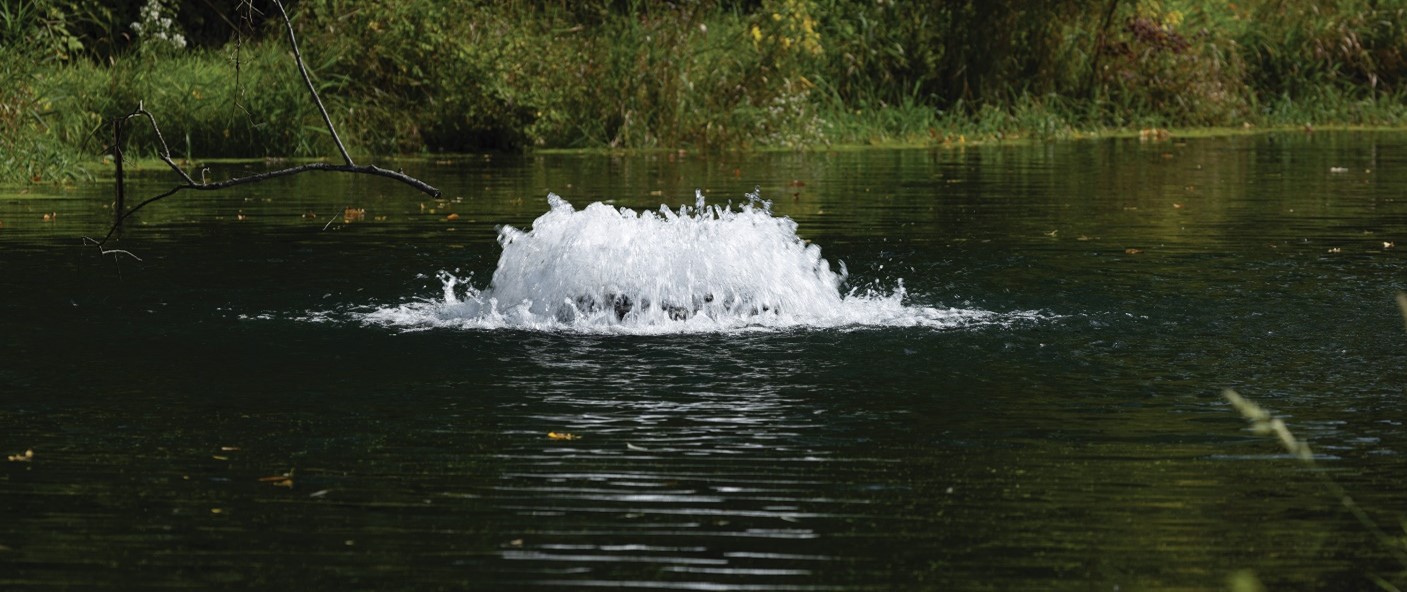
The Details: Pond Background and Equipment Used
To test how efficient our units are, Kasco’s Midwest Territory Manager, Cory Richmond, led a case study with support from Nick Hovel, Kasco’s Mechanical Design Engineer, to determine the area of influence in which our Surface Aerators can increase D.O. levels in a shallow pond. We theorize that a Kasco Surface Aerator can successfully mix an 800,000-gallon pond to significantly increase D.O. levels.
This case study took place at the Kasco pond right outside our home office in Prescott, Wisconsin. Ray Valley, the owner of Biobase Maps, used his own equipment to create a bathymetry map to scope out the various depths and curves of the pond. This map revealed that the pond’s deepest point was about 6 ft. with the depth getting progressively shallower as it reaches the shore.

Using the bathymetry map, we were able to pinpoint exactly where we wanted to track D.O. levels. To measure D.O., Lake Tech’s Eli Kersh supplied us with Lake-Link Buoys. These buoys consisted of a bobber-shaped floatation device with a rope that hangs in the water. Attached to the rope are sensors that can be as spread out as you would like.

For this case study, the first Lake-Link Buoy was placed in the middle of the 6 ft. deep section of the pond with one sensor located at 6 in. deep and one sensor located at 5.5 ft. deep. A second Lake-Link Buoy was placed 60 ft. away from the first one in a 4 ft. deep section of the pond. This buoy had one sensor located at 6 in. deep and one sensor located at 3.5 ft. deep.
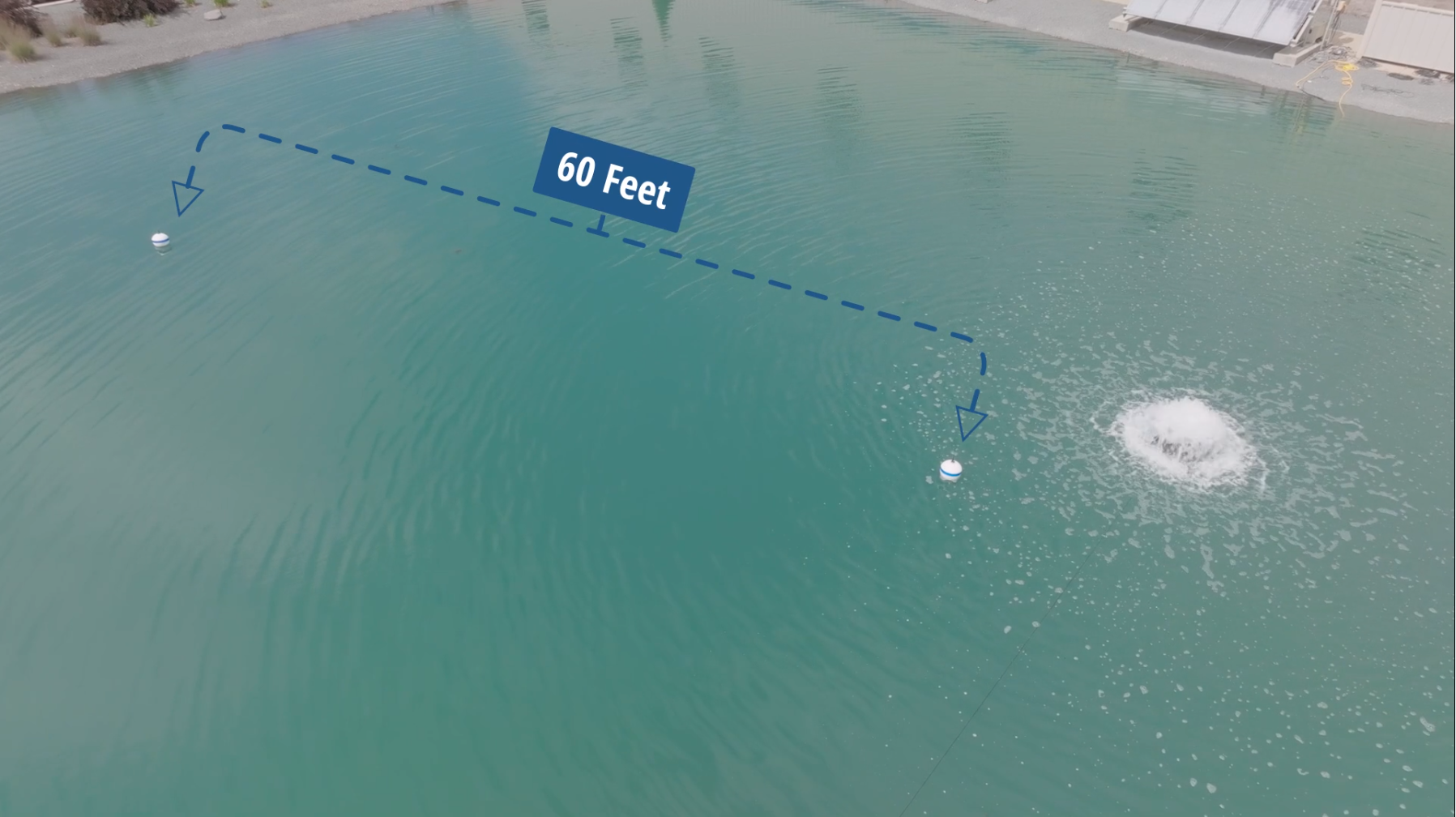
Preliminary Measurements: Initial State of the Pond
Before installing the Surface Aerator, we wanted to track the initial state of the pond using the Lake-Link Buoys. The buoys reported that the D.O. levels in the Kasco pond were at 200%. While we explained the implications of having low D.O. levels, too much can also be harmful to your water body. In this pond, there are no beneficial aquatic plants to absorb incoming nutrients making it susceptible to nuisance vegetation. Due to this, a highly concentrated planktonic algae bloom occurred causing the pond to turn green and the D.O. levels to skyrocket.
Our next step was to get D.O. levels back to 0. To do this, Cory treated the pond with copper sulfate and Muck Pucks from our Pond Probiotics line. After the pond was treated and we saw anoxic conditions for 24 hours, a 3/4HP Kasco Surface Aerator was installed 10 ft. away from the first buoy.

The Test: Surface Aerator Start Up and Results
On August 24th at 1 p.m. the Surface Aerator was turned on. Following start up, the sensors located at 6 in. deep on both buoys reported an immediate rise in D.O. levels. The bottom sensors (buoy 1: located at 5.5 ft. deep, buoy 2: located at 3.5 ft. deep) began to report a rise in D.O. levels around 8 p.m. Not only does this data prove our hypothesis, but it also portrays the efficiency of using a Kasco Surface Aerator.
Buoy 1:

Buoy 2:

In conclusion, the ability to improve D.O. levels in approximately 8 hours, as shown in this case study, will stop a fish kill right in its tracks. Additionally, some other benefits of using a Surface Aerator include breaking up stratification, eliminating odors, discouraging algae growth, and much more. Whether you are looking to improve the overall health of your pond or lake or enhance the aesthetics, Kasco has what you need to move water forward. Kasco’s Cory Richmond said it best; “Kasco is not here to just sell you stuff. We’re here to sell solutions.”
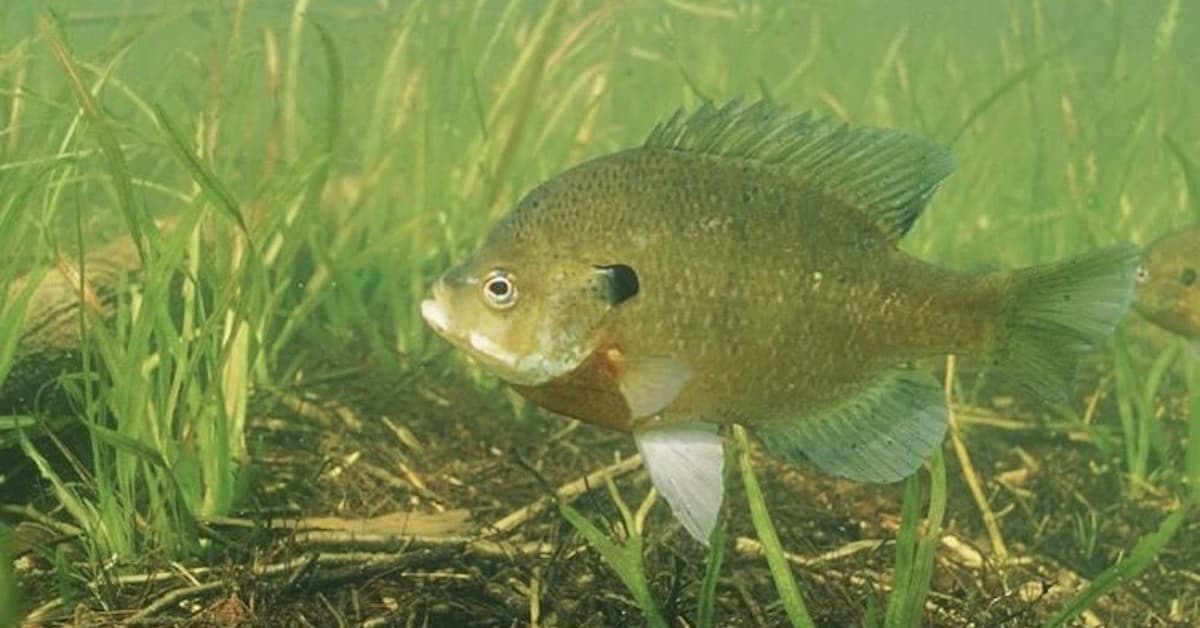 What is D.O. & Why You Should Care
What is D.O. & Why You Should Care
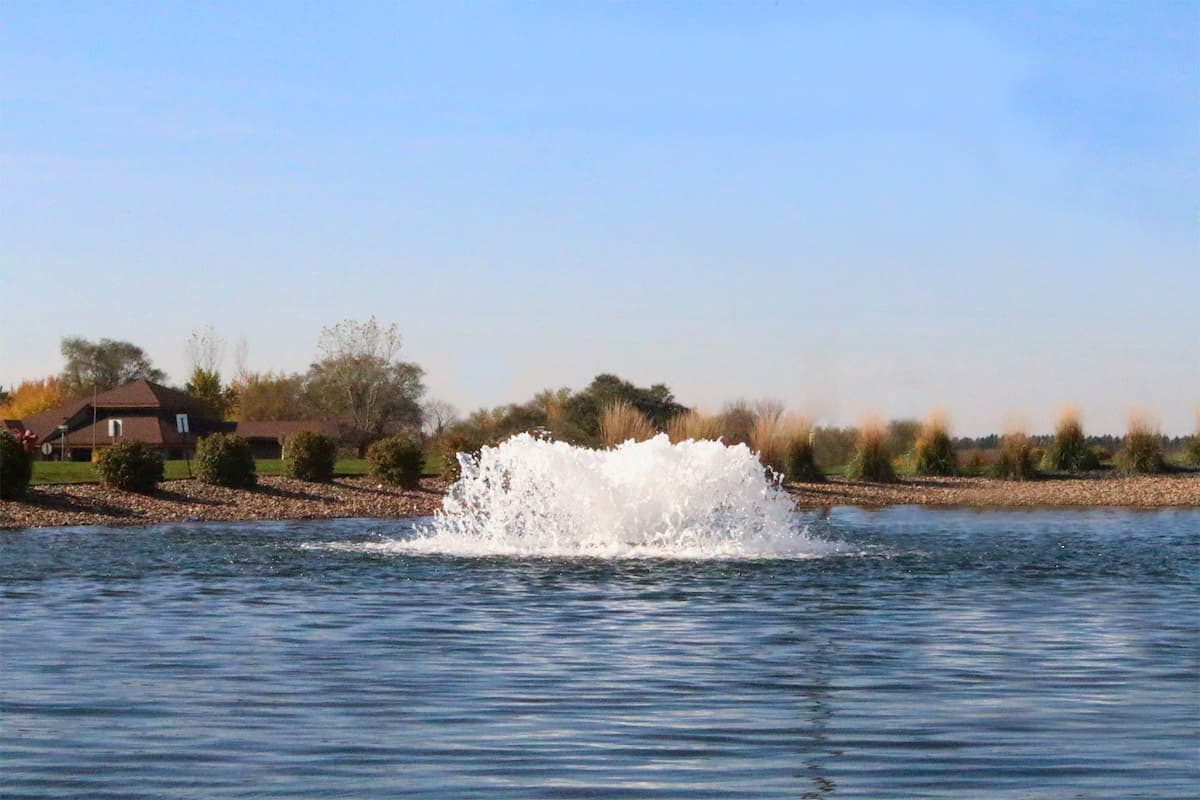 8 Things to Know About Aeration
8 Things to Know About Aeration
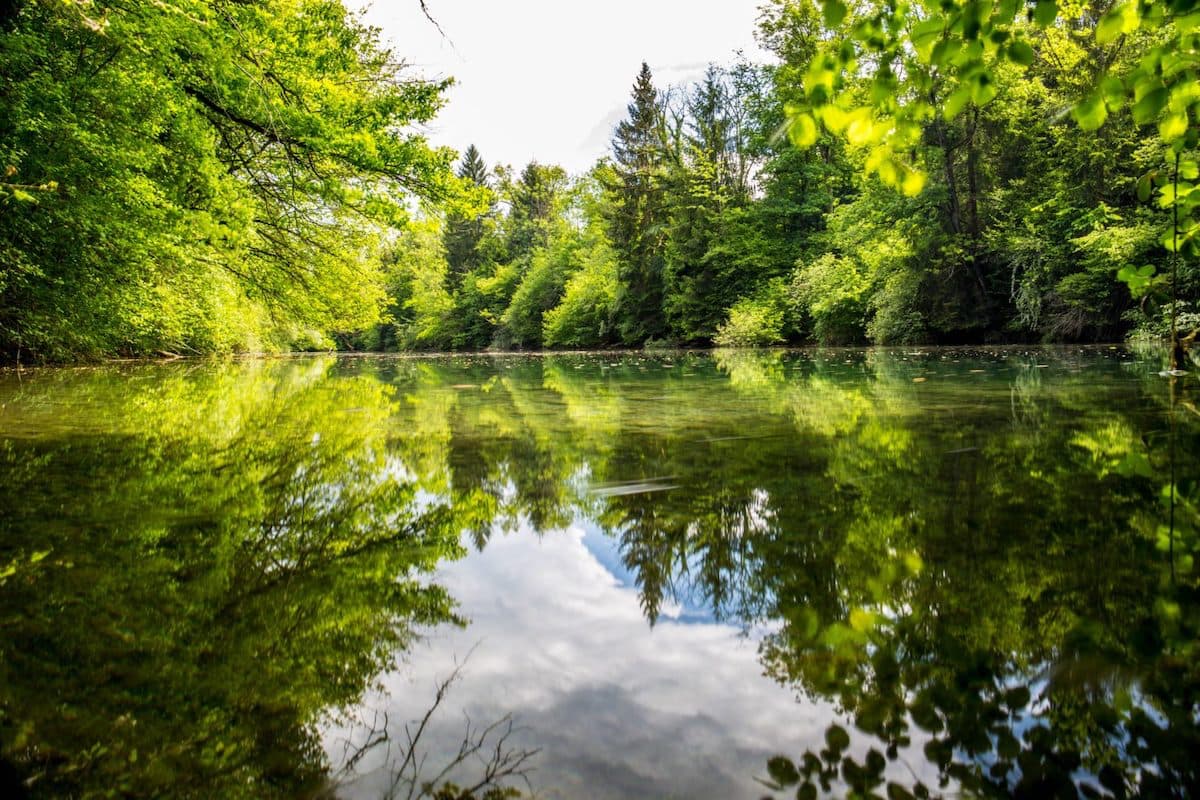 Surface v.s. Bottom Aeration
Surface v.s. Bottom Aeration